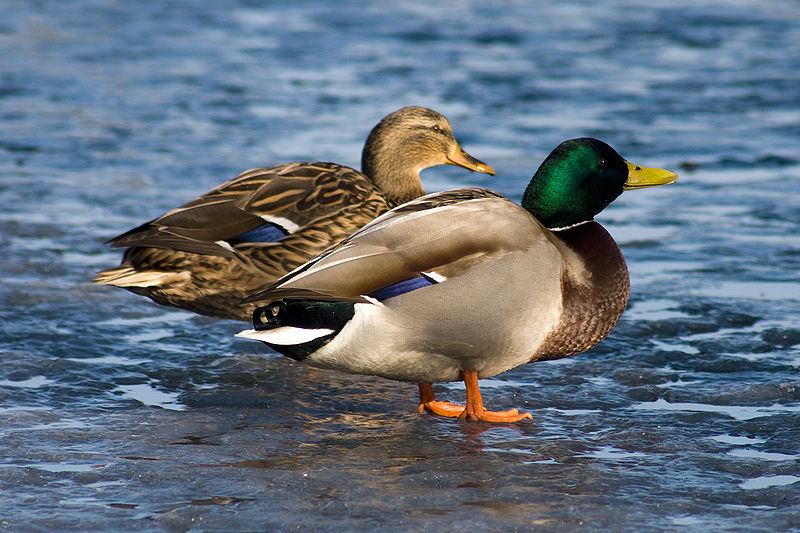Countercurrent Exchange in Nature

or "Why Ducks Don't Wear Mucklucks"
Have you ever looked at a duck swimming in icy water and wondered how they do that without wearing dive booties? Or have you ever looked at a squirrel sitting in snow calmly eating seeds and wondered why it's not racing for the nearest heated mani-pedi spa? All animals have unique adaptations for dealing with cold, ranging from boosted fat stores to growing extra feathers and double coated fur, but some animals have developed something called "countercurrent exchange." It's a trait that animals who are active in extreme conditions have converged upon as a way to deal with hot and cold temperatures, especially in snow, ice, cold water, and even tropical rain forests.

